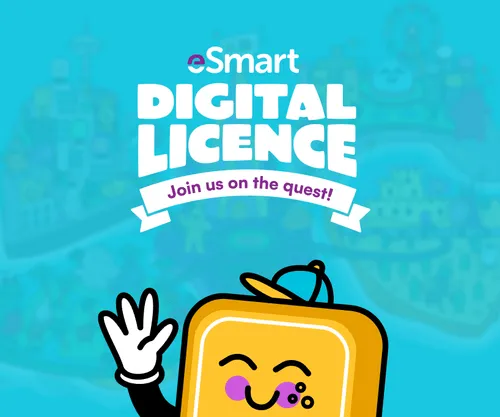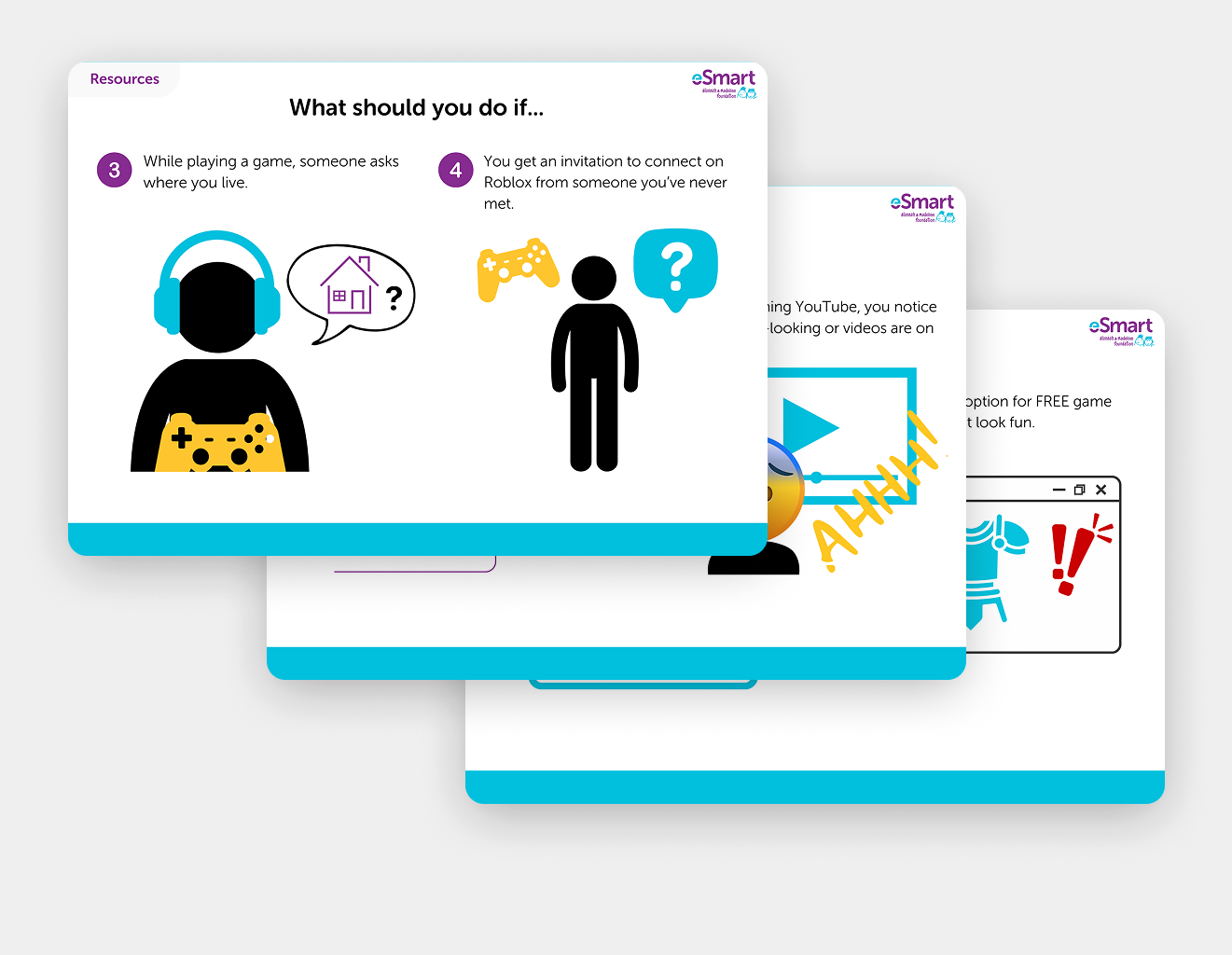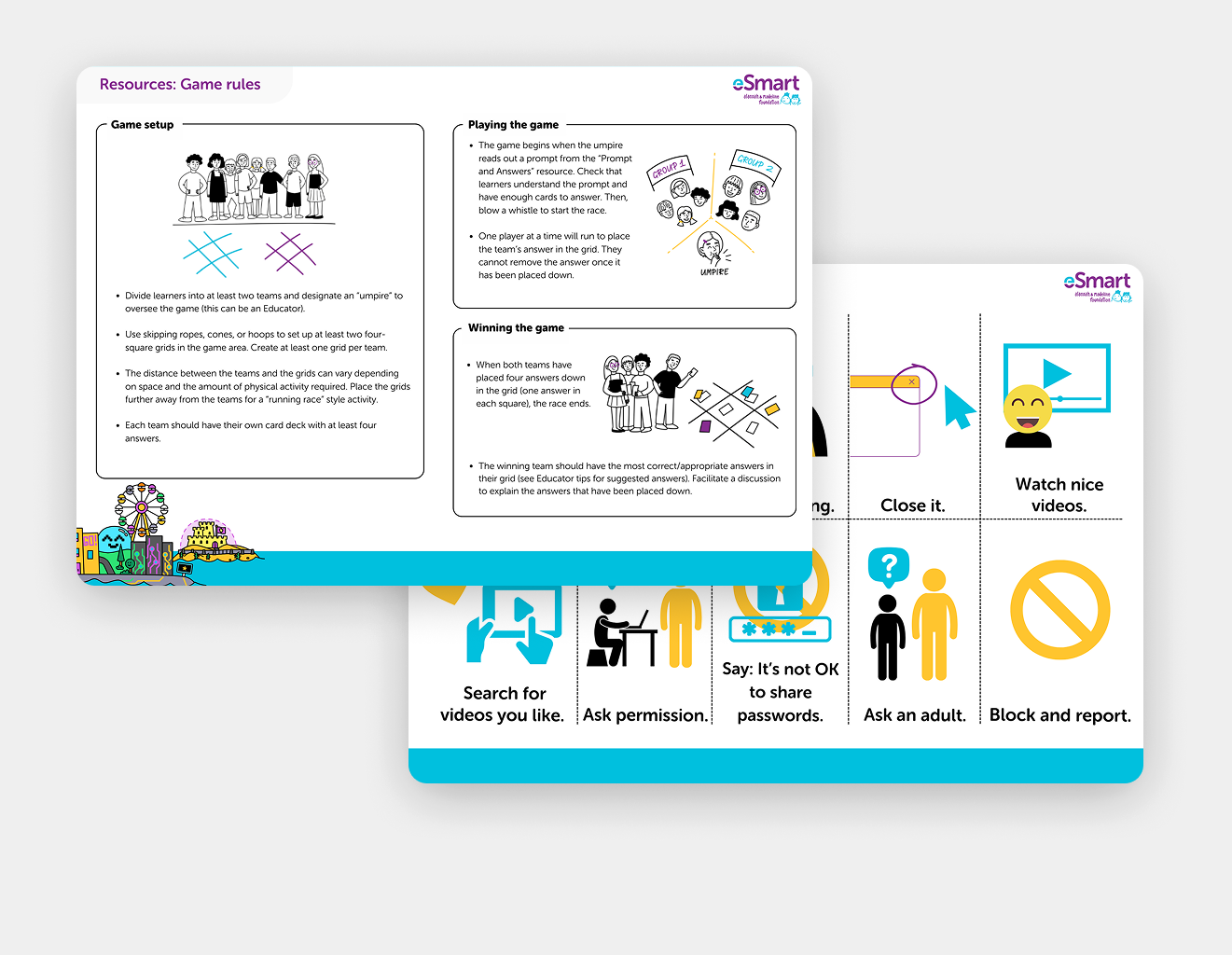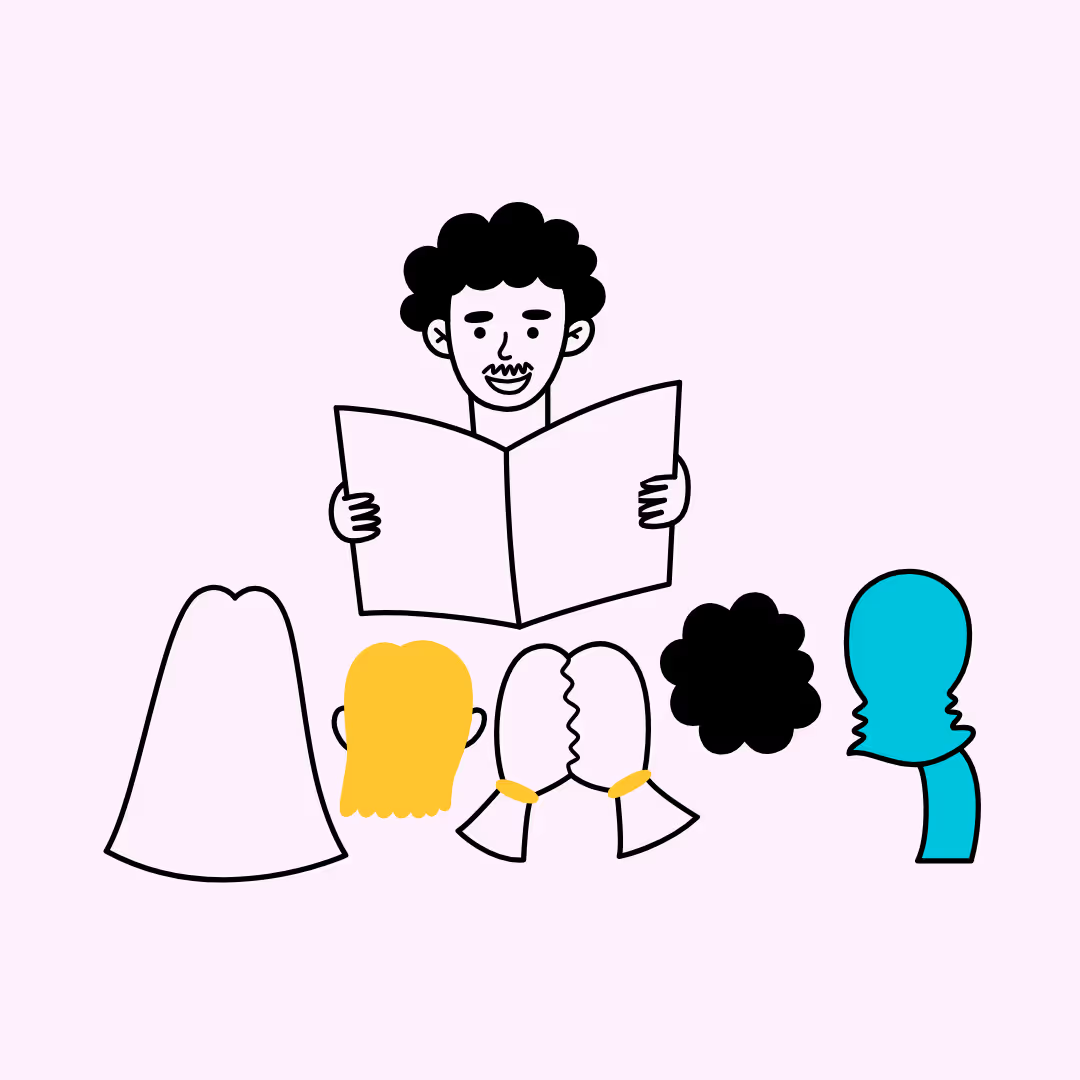Download Lesson Pack
Tic-Tac-Think: Digital Defenders Edition

Child Safeguarding Statement
Some resources and activities may prompt a child to remember and potentially share an experience of harm. Make sure you’re familiar with your school's safeguarding policies and procedures so you can confidently report safety and well-being concerns.
Prepare students for the session by discussing: their right to be safe and respected; what to do if discussing online safety makes them feel uncomfortable or unsafe; and how to seek help if they feel or have felt unsafe. Use this resource available on the website.
Tic-Tac-Think: Digital Defenders Edition
This game promotes discussions about online safety, encouraging cooperation while learning to protect their personal information.
Lesson details
Contact
About this Risk Area
When potentially harmful contact is initiated by others online, including strangers who may pose risks such as exploitation or identity theft.
Example topics:
- Online privacy and security practices, including setting strong passwords and managing privacy settings.
- Recognising and responding to online threats, such as phishing scams and identity theft.
- Establishing boundaries for online interactions and understanding the risks of sharing personal information online.
- Seeking help and reporting inappropriate or harmful online behaviour to trusted adults or authorities.
The resources for this risk area support learning in relation to safe online communication, privacy settings, and establishing boundaries for interacting with others on the internet.
Take learning outside the classroom with Tic-Tac-Think, a fun movement game that encourages teamwork, strategy, and discussion. Learners will generate their own card answer deck with pictures and/or words to play the game, making it a creative and also movement-based endeavour.
In the "Digital Defenders Edition", players will:
- Talk about how to stay safe online.
- Learn about privacy settings and protecting personal information.
- Work together to win and complete their team's grid.
Learning Intentions
Learning intentions & success criteria
Learners will:
- Learn how to spot online situations that might put personal information, privacy, and security in danger.
- Find out ways to protect themselves and get help when unwanted contact is made online.
These intentions are evidenced when learners can:
- Identify at least one online situation that could jeopardise their personal information, privacy, or security.
- Articulate at least one way to protect themselves from unwanted online contact, showing awareness of safety measures.
Educators will:
- Enhance skills in facilitating active learning experiences that engage students physically and cognitively, promoting teamwork and strategy development through movement-based activities.
- Deepen understanding of how to effectively teach students about online safety risks.
These intentions are evidenced when educators can:
- Observe active participation as learners engage in the Tic-Tac-Think game, demonstrating teamwork and collaboration in discussions about online safety.
- Successfully facilitate discussions that allow learners to identify online risks and articulate strategies for protection, ensuring all voices are heard.
Curriculum alignment
Australian Curriculum (Version 9.0)
The Australian Curriculum outlines the fundamental knowledge, comprehension, and abilities students are expected to acquire as they advance through the initial 11 years of schooling.
Foundation: General Capabilities
Manage Online Safety:
- Level 1: Use online tools that are safe or only under direct supervision, seeking help from trusted adults when feeling unsafe.
Foundation: Health and Physical Education
- AC9HPFP04: Explore how to seek, give or deny permission respectfully when sharing possessions or personal space
- AC9HPFP05: Demonstrate protective behaviours, name body parts and rehearse help-seeking strategies that help keep them safe.
- AC9HPFM01: Practise fundamental movement skills in minor game and play situations.
- AC9HPFM03: Participate in a range of activities in natural and outdoor settings and explore the benefits of being physically active.
- AC9HPFM04: Follow rules to promote fair play in a range of physical activities.
Year One: General Capabilities
Manage Online Safety:
- Level 2: Use online tools that are age appropriate or only under supervision, seeking help from trusted adults when feeling unsafe.
Year One: Health and Physical Education
- AC9HP2P04 : Practise strategies they can use when they need to seek, give or deny permission respectfully.
- AC9HP2P05: Identify and demonstrate protective behaviours and help-seeking strategies they can use to help them and others stay safe.
- AC9HP2M03: Participate in a range of physical activities in natural and outdoor settings, and investigate factors and settings that make physical activity enjoyable.
- AC9HP2M05: Apply strategies to work collaboratively when participating in physical activities.
CASEL Framework
The CASEL Framework creates a foundation for applying evidence-based, Social and Emotional Learning (SEL) strategies both at school and in the broader community. Its aim is to support the cultivation of SEL skills and environments that advance students’ learning and development.
- Responsible decision-making: The abilities to make caring and constructive choices about personal behaviour and social interactions across diverse situations.
My Time, Our Place – Framework for School Age Care in Australia
The aim of My Time, Our Place: Framework for School Age Care in Australia (the Framework) is to assist educators to provide children and young people with opportunities to maximise their potential and develop a foundation for successful lifelong learning. The Framework has been designed for use by approved providers and school age care educators working in partnership with children and young people, their families and the community, including schools.
Outcome 1: Children and young people have a strong sense of identity.
Children and young people feel safe, secure and supported.
This is exemplified when:
- Students identify situations when they might need to seek help online, and devise strategies and personnel they will go to in order to find support.








.avif)
